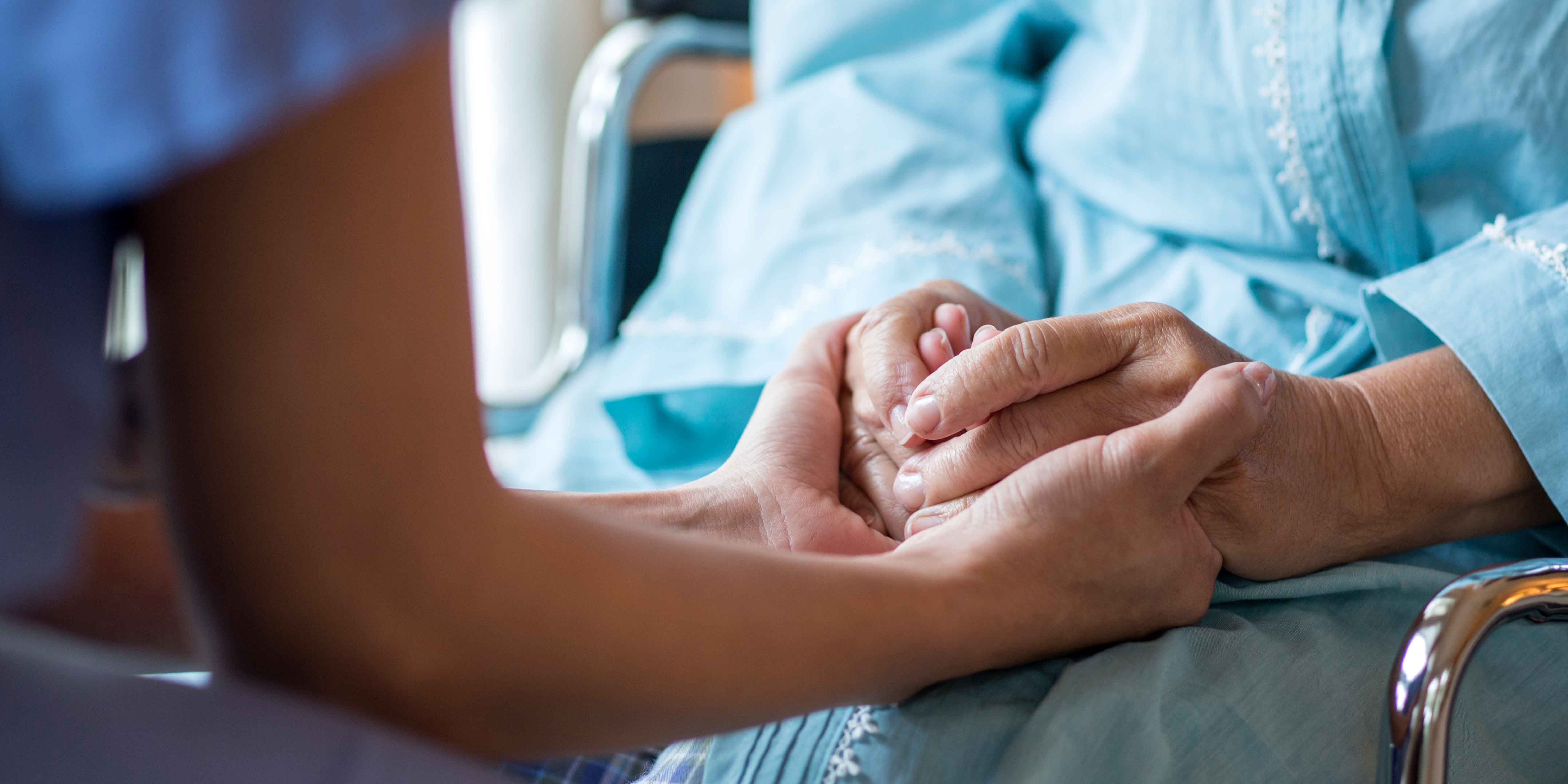The term Kennedy terminal ulcer was identified by Karen Lou Kennedy-Evans.
She and her colleagues came up with the name Kennedy terminal ulcer in 1983 at the Byron Health Center in Fort Wayne, Ind.
The term specifically refers to a pear, butterfly or horseshoe-shaped wound ranging in color from red to yellow to black.
These wounds typically appear over the coccyx and sacral area of patients who are near death.
The wounds also have been noted to occur in other areas of the body, such as the heels, posterior calves, arms and elbows.
Named by Kennedy at the time, she and her colleagues formally presented their subsequent observational research on the topic, which was published in 1989.
Different points of view
However, there is another school of thought on the credibility of the diagnosis and an opposing view that this diagnosis does not even exist.
“There is no such thing as a Kennedy terminal ulcer,” said Michael S. Miller, DO, FACOS, WCC, CEO and medical director of the Miller Care Group in Indianapolis. “A terminal condition in and of itself cannot cause an ulcer in one location — it’s nonsensical.”
The medical-legal argument for the presence of a Kennedy terminal ulcer is that it occurs no matter what you do for the patient. The ulcer is defended as due to the terminal condition alone — and not from anything else you did or did not do, Miller said.
“If you tell me that you have turned a patient every two hours there should be the signs of equal stress on more than one area of the body,” said Miller, who also is an adjunct faculty member of the Marian University College of Osteopathic Medicine. “If the cause of the injury is due to a terminal, systemic condition — a pressure injury would not appear in just one area of the body.”
Pressure-based tissue injuries are all caused by pressure — either point stress including localized friction (injury to the skin directly) and shear forces (inter-tissue plane disruption) or trauma, Miller said.
Further, from a scientific standpoint, the concept of a systemic disease that is also a terminal illness that affects and stresses the whole body equally, is now causing an ulcer and tissue injury in only one area of the body, makes absolutely no sense, Miller said.
“Physiologically, this is not possible,” he said.
Pressure-based tissue injuries are caused by pressure. “If you eliminate the pressure then the injury will not occur,” Miller said.
To read more about Miller’s argument against the existence of a Kennedy terminal ulcer, click on Death of the Kennedy Terminal Ulcer.
However, a new study has revealed that sometimes even if everything is done right for a patient, a pressure injury can still form, and especially in critical care patients, said Joyce Pittman, PhD, RN, ANP-BC, FNP-BC, CWOCN, FAAN, a nurse practitioner and coordinator in the wound/ostomy department at Indiana University Health Academic Health Center in Indianapolis, and associate professor at the University of South Alabama in Mobile.
Pittman and her colleagues conducted a study to determine which hospital-acquired pressure injuries were avoidable and which were unavoidable for patients in critical and progressive care units.
The study also sought to identify any associated risk factors with these same patients between avoidable and unavoidable pressure injuries. Read more about this study here.
Sticking to wound care basics
Miller said he likes to stick to the basics and evidence-based practice when it comes to diagnosing and treating wounds, and teaching other clinicians about wound care.
He teaches there are 11 medical diagnoses in wound care as causative for wounds, including:
- Pressure
- Venous insufficiency
- Arterial insufficiency
- Lymphedema (lymphatic system)
- Trauma
- Surgery
- Infection
- Malignancy
- Autoimmune (systemic auto immune disease)
- Neuropathic
- Mixed (more than one diagnoses and cause)
Miller said he also likes to teach four fundamental rules to all his osteopathic medical school students and wound care students.
He calls them Miller’s Rules and they include:
- Sick people look sick (be concerned if a patient looks ill)
- If something does not make sense, then it does not make sense (either you’re missing something or receiving inaccurate information)
- There is no rule that says you’re only allowed one diagnosis at a time (some patients have multiple diagnoses)
- Never put anything in your wound that you wound not put in your eye (you’re treating delicate tissue — good wound care products should not be toxic)
Take our course on Skin and Wound Management.
What do you think?

